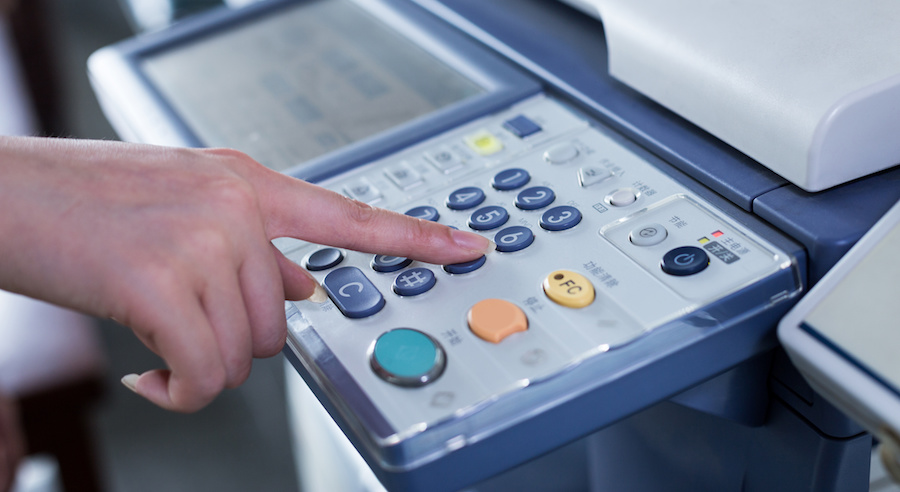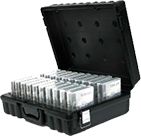Document scanning doesn’t start and stop with the creation of digital copies. There are a number of processes involved in their development, storage and security.
From important financial documentation to archived promotional material, businesses choose to use document scanning services for a variety of reasons. Occasionally this will take the place of physical copies, but more often than not it is simply used as an accessible digital version for company records.
Why Use Document Scanning?
Before getting too deeply involved in the processes, it’s worth exploring why it is that people decide to invest in this service in the first place. Well, as mentioned earlier, it is often used as a form of insurance. Physical documents can be damaged or tarnished with relative ease. So what happens if all of your business’s invoices are lost in a fire or are misplaced somehow? Suddenly your records are incomplete and you could face an uphill struggle trying to get things back in order.
To combat this particular issue, you could make multiple versions of the same documents and store them across various locations; however, this can prove to be extremely expensive and also pose a security risk. The same of course is true if you’re archiving bulky brochures or other important documentation for your records. This is really where document scanning comes into its own.
Step 1 – Identifying the Necessary Documents
While there are no real limits on the number of documents that you can choose to scan, it may well be that you only want digital versions of certain files. So before loading up all of your filing cabinets and sending them off to be copied, take a little time to prioritise. It may well be that you can scan the documents and then destroy them to save space, or you could simply want digital versions of your most important files.
Step 2 – Choosing a Document Scanning Service
This is one of your most important decisions. After all there are plenty of factors to consider, including location, price and reputation. You want to know that your documents are going to be in safe hands and that the service is both convenient and affordable. So take a good look at what’s on offer and choose accordingly.
Step 3 – Scanning
Once you’ve made your choice and have got your documents together, it’s time to hand them over to your chosen scanning service provider. While the principle is much the same as using a standard office scanner, it’s done on a much larger (and faster scale).
The documents are fed into the machine, which creates a photographic quality rendering of the original. This is achieved by projecting a bright light onto the paper, with the resulting photons being turned into electrons which then map out the image and its various shades. While technical, it is also hugely effective.
This allows companies like Secure Data Management to automatically process thousands of individual sheets in a matter of hours. These can then be converted into digital files and stored safely or shared as required. Importantly, each document is saved as an individual file and then combined within a collective folder. This makes it easy to locate further down the line, particularly if you need to distribute files at a later date.
Step 4 – Over to You
Once the scanning process is complete, the decision on what happens to the new digital files as well as the existing physical documents is entirely up to you. As previously mentioned, some may prefer to keep the paper versions, while others would rather they were destroyed – albeit securely. Equally, there are those that would like the new files immediately, while others are perhaps more inclined to put them into secure storage until required.
This is something that you can arrange with the document scanning company before beginning the whole process. As an example, we offer a free destruction service as well as storage of the digital files for three months as standard. This provides customers with enough flexibility to really pick and choose how they want this data to be handled.
Potentially, you could fit an entire filing cabinet onto a single CD or a whole room’s worth of documents onto a small hard drive. This can help save a huge amount of space within your office, allowing you to find a more practical purpose for the newly found room.
These files should also become more accessible, with employees able to find the necessary document over a local network rather than sorting through the filing system. If your business is spread across multiple locations, this may prove to be a genuine time-saver. Of course you will need to ensure that the network has adequate security and also that user access rights are in place.
To see if you can improve on your data security and maybe even reduce your costs, check out our post: What is data security?
So, Do You Need Document Scanning?
Understandably, document scanning services aren’t required by all business. Some may already deal almost exclusively in digital documents, while others need to maintain physical archives. However, if you’re looking to free up office space or need to make your files available across a wider network, document scanning is essential.
Most businesses don’t have the time or resources to do this manually, so outsourcing it is the only real option. It’s usually cost effective too and once it’s done, the files are yours to use as and when required. Get in touch for a detailed quote outlining document scanning costs and service options with Secure Data MGT.











